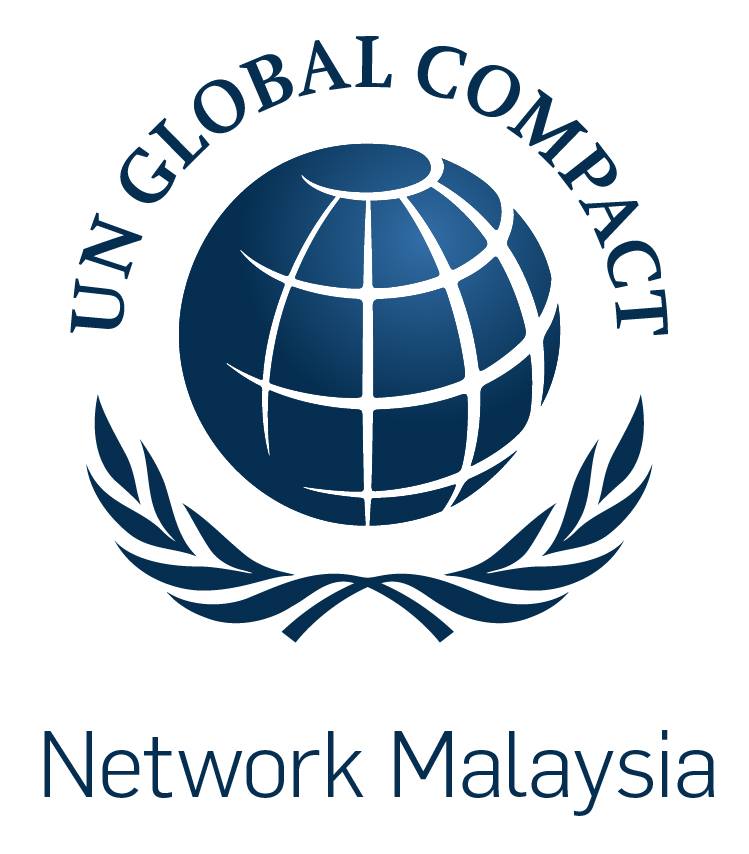Role of Business in Realizing SDG 5
Role of Business in Realizing SDG 5

(Article from UNGC)
Gender Equality in the Workplace: Where Does Malaysia Place, How and Why Do We Need to Do Better
“… In November and December, I was really, really proud to see Malaysia has more than 30% chairmanship in the GLC, Government Linked Companies and Government-Linked Investment Companies,” Datuk Noripah Kamso, former chairman of Bank Rakyat, said in a memorable webinar co-hosted by GCMY and Tulips Movement Malaysia, on the matter of the realization of the 30% women representation on public-listed corporate boards movement started by the 30% Club.
Gender equality, in its many facets and nuances, face an uphill battle in the corporate space. In a McKinsey Global Institute (MGI) report, there is a 50% drop-off of women representation in the career progression pipeline from entry-level jobs to senior management roles. This is a lost opportunity, as the same report indicates that Malaysia stands at USD$50 billion a year increase to its GDP by 2025 (An 8% increase from ceteris paribus business projection) should the corporate space advance gender equality as part of its sustainability agenda.
This by no means is meant to discredit the words of the wise former chairman. This is a call that by doing better in advocating and pursuing gender equality in business, we will get to see increased returns. To close the 76% gender pay gap (Department of Statistics Malaysia, 2017), to reduce, and ultimately rid off, gender bias in the workplace, to increase gender diversity in the workforce – all these steps are necessary in order for the Malaysian corporate space to flourish, especially in the trying times of post-COVID 19 recovery.
GCMY understands, however, that advancing the agenda of gender equality remains a puzzle, particularly for business leaders in the Small to Medium Enterprise (SME) category. With that in mind, GCMY refers to the United Nations Global Compact’s Framework for Corporate Action on Workplace Women’s Health and Empowerment (WWHE):
1. Understand Worker Needs & Operational Gaps
In a retrospective approach in identifying key issues with gender equality in a firm, it is recommended that the firm identify adequate tools, resources and local partners for needs assessment, which is then piloted and undertaken. A gap analysis of internal codes, policies and practices has to be conducted, with buy-in from those in management roles.
2. Set Priorities & Targets
From the assessment results, a plan with clear priorities and target is created to meet WWHE goals, while meeting operational needs and policies. Key in this step is to secure senior leadership endorsement with the transparent goals and effective intervention mechanisms.
3. Take Action on Women’s Health & Empowerment
The third step involves the establishing of gender-responsive policies and practices in the workplace, as well as addressing structural barriers to WWHE. WWHE goals should be factored into business risk assessments and due diligence for human rights and ESG, with business benefits linked to WWHE performance supported by business case data for the final step of the framework.
4. Measure, Improve & Communicate
Assurance of WWHE performance and its return to business has to be communicated well, via the establishment of a suitable communications program. It is also recommended that health and empowerment initiatives and data are integrated into ESG reporting and compliance monitoring. On a shareholder-level, WWHE commitments and performance benchmark should be integrated into the agenda of board meetings.



